Three modern makers on the importance of craft
A distiller, weaver and mixed-media artist on why niche is the next big thing
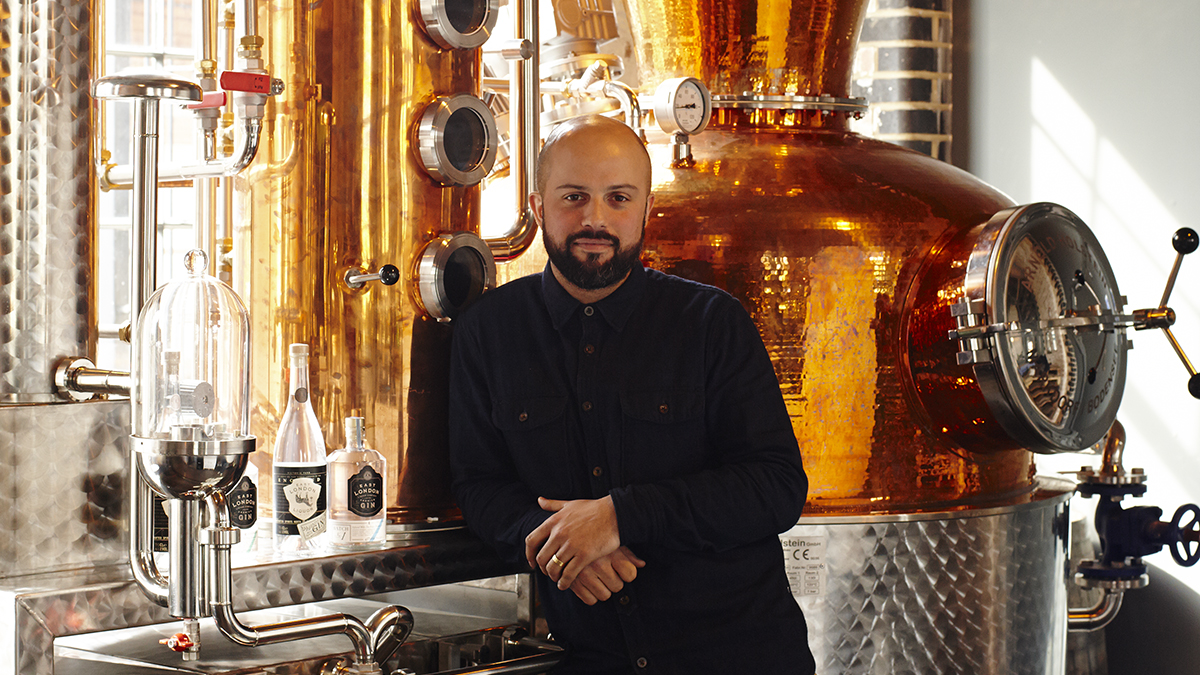
Alex Wolpert, founder of whisky and gin distiller East London Liquor Company, Bow, London
I’d been working as a bartender and was surprised to find there hadn’t been a whisky distillery in London north of the river for a century. I decided I wanted to bring back an element of that lost industrial heritage – it seemed like such a great opportunity. Then I did my homework and realised why it wasn’t: the paperwork for Customs is just epic, and the system is such that we had tobuy all the distilling equipment, at no small cost, before we knew we could get a licence. But the idea captured people’s imagination. There seemed to be a real appetite for a locally produced spirit – something accessible and different that brings together the ingredients, but in proportions that haven’t been tried before, to give a new taste.
That said, I still hate the idea of ‘artisanal’ products. The word has been so overused that it’s lost all meaning now, even if we do embody what ‘artisanal’ has come to stand for, in being handmade, local, niche. Instead, I think what rings true nowadays is the likes of what we do, which is undertaking as much as we can on-site so as to retain autonomy, paying everyone a living wage, and not being about the hard sell, unlike much of the drinks industry, with the big groups retrospectively discounting and making cash payments to get stocked.
The Week
Escape your echo chamber. Get the facts behind the news, plus analysis from multiple perspectives.

Sign up for The Week's Free Newsletters
From our morning news briefing to a weekly Good News Newsletter, get the best of The Week delivered directly to your inbox.
From our morning news briefing to a weekly Good News Newsletter, get the best of The Week delivered directly to your inbox.
We just appeal to good taste. It’s about the liquor being excellent before looking into the packaging. And although I really want our gin and whisky to be considered a true Londoners’ drink, just being local isn’t acceptable either. If they don’t taste good, nobody will buy them.
It’s certainly been painstaking work – I have three kids and this is much harder. It also involved a leap of faith, putting our whisky in barrels and then leaving it for three years to see what will happen, especially when we’ve needed to put aside 100 to be ready to launch later. Who knows what it’ll turn out like? Of course, we’re quietly confident.
Overall, however, there’s a nice balance, particularly when it comes to cash flow, because gin can be made in a matter of hours. This isn’t the reason we make it, though; it’s because I know from experience that it’s a very bartender-friendly spirit – it’s versatile and comes in any number of varieties. And the reaction has been great. In fact, I now wish I’d done it a few years ago – we could’ve used the word ‘artisanal’ in our press releases without feeling embarrassed about it.
A free daily email with the biggest news stories of the day – and the best features from TheWeek.com
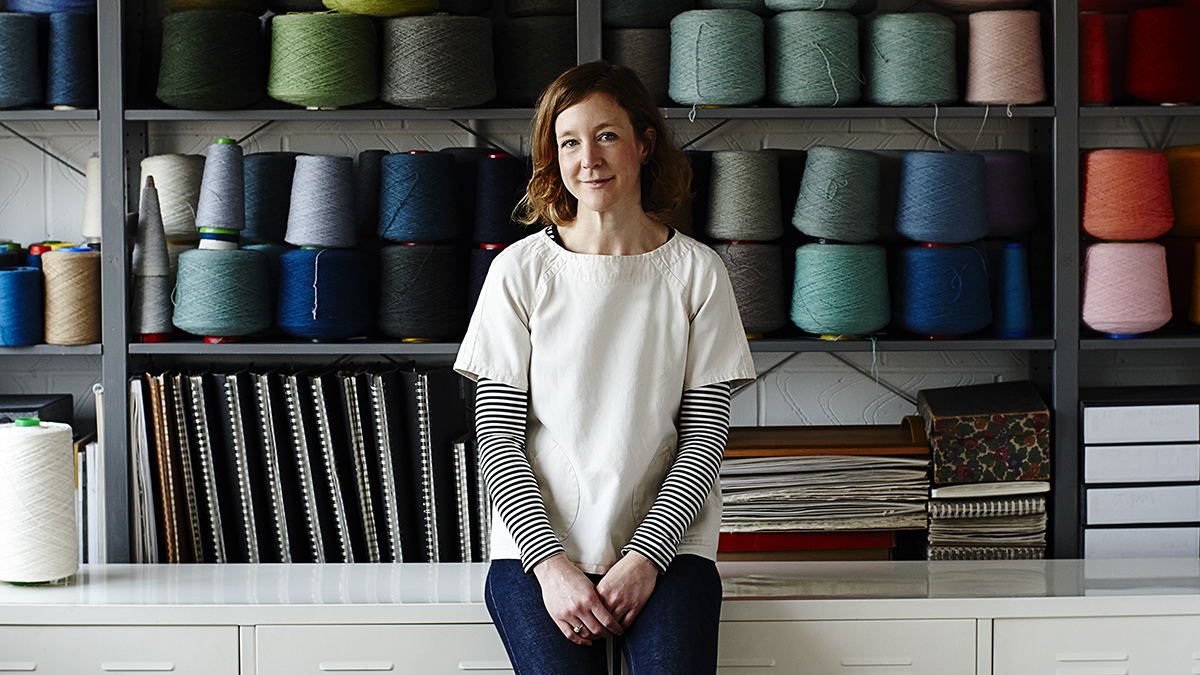
Eleanor Pritchard, woven textiles designer and producer, Deptford, London
I started out hand-weaving blankets, but found lots of people wanted to use them as upholstery fabrics. I was forever sending out emails saying, ‘No, no, they’re not suitable – it won’t work’, to the point where, eight years ago, I thought maybe I should just get into that world, even though it’s very different when you’re selling to architects and interior designers. I’d always liked the idea of the fabrics used on the Underground – the notion that pattern can be part of everyday life, that it works and is functional, not just for show.
My designs have a Mid-century Modern feel and its appeal is probably subliminal – I come from a long line of architects and, before I went to Chelsea School of Art, lived in the basement of my grandmother’s house, which was full of Ercol and the like. It has a great aesthetic: it’s straightforward, with optimistic colours, and, as a movement, came before Post-Modernism, when everything became tongue-in-cheek. Yet the techniques we use go back to the vernacular of folk art, to traditional Welsh blanket-making and Civil War-era quilt-making, when artisans were anonymous. Look back to ancient history and the appeal of pattern to the eye has barely changed – repetition of any unit has that appeal, from lines of trees as you drive by to aerial views of ploughed fields.
There’s always a demand for blankets – they have such a feeling of nostalgia about them, a sense of nesting – even from places you wouldn’t expect, such as the Philippines. Later this year, we’re going to be blending the cosiness of wool with the papery texture of linen – experimenting with ideas like thatis really important. But I’m just as interested in working within the existing parameters of upholstery-textiles production: what colours you can use, how big a repeated pattern can be and, of course, whether a fabric will work on certain shapes of furniture. I’m sure 99 per cent of upholstery fabric sold around the world is plain, so pattern is definitely our niche.
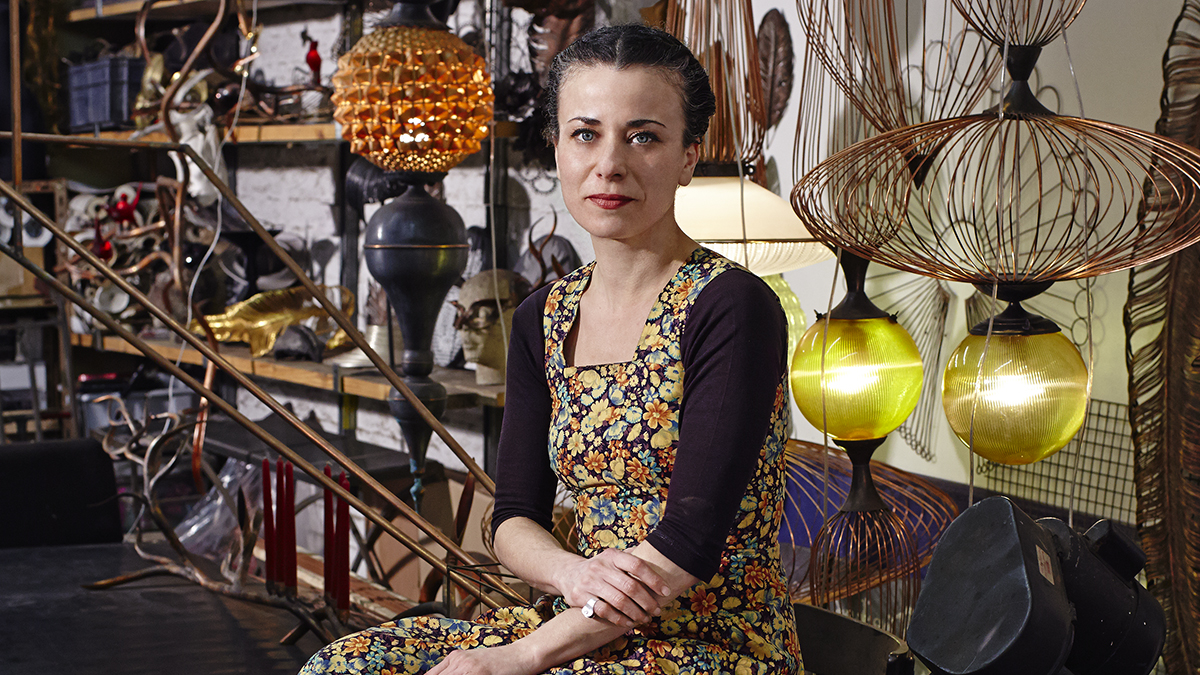
Yasemen Hussein, mixed-media artist, Sydenham, London
It’s a challenge not being in a category, and generally people don’t like it when you’re outside of categories they understand. But I guess, as the eldest daughter in a Turkish Cypriot family growing up in Birmingham, I’m used to busting boundaries.
A V&A representative once visited me and told me they liked my work but wouldn’t know where in the museum to put it, which I took as a compliment. My favourite commission is to be given just a few parameters and then be left to get on with it. The result could be anything: lighting, furniture, hairpieces, jewellery… you name it. There are a lot of Art Deco and Art Nouveau influences in my work – the first time I saw examples of either, it affected me for days. Being self-taught, I still take weeks to pluck up enough courage to start making something.
Basically, I use the material, whatever it is – copper, glass, concrete or fabric – as though drawing with a pencil. It’s naturalistic and fluid – and if I can find someone to teach me how to do that with a material I’m new to, I’ll take that opportunity. Otherwise, there’s quite a lot of bumbling along. I know when a line is balanced, but couldn’t engineer a right angle to save my life. A lot of work – days, weeks, months – goes into each one-off piece, so I cried my eyes out the first time I had to let one of my creations go. I get it: I have to sell them. However, if I could afford it, I wouldn’t let any of my pieces go – I’d be sat alone in a rented flat surrounded by all of them.
I lived on a friend’s farm for three years while I built up a body of work and put together my first few exhibitions. I just had to think, ‘build it and they will come’. Luckily, it worked, and – private commissions for apartments and yachts aside – I’ve made pieces for Victoria’s Secret and Toni & Guy, as well as stage-wear for Katy Perry. Typically, customers have seen something I’ve made and liked it and wanted to commission me – I don’t have an agent and I’ve never worked in much of a linear fashion. Everything just comes out of left field.
-
 Guess the Number: January 2026
Guess the Number: January 2026Puzzles The daily number puzzle from The Week
-
 The Week’s big New Year’s Day quiz 2026
The Week’s big New Year’s Day quiz 2026Quiz of the Year How much do you remember about 2025’s headlines? Put yourself to the test with our bumper quiz of the year
-
 Is tanking ruining sports?
Is tanking ruining sports?Today's Big Question The NBA and the NFL want teams to compete to win. What happens if they decide not to?
-
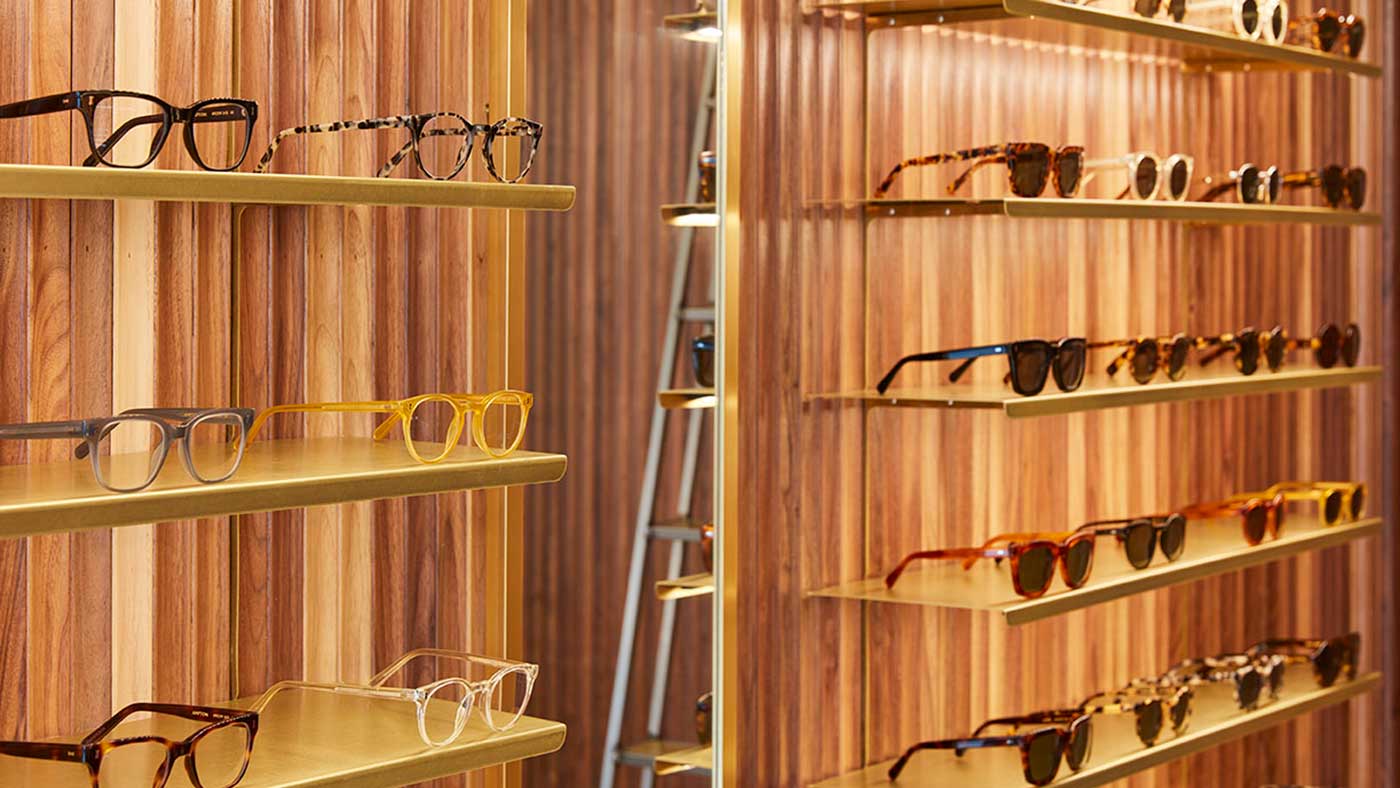 Cubitts: an eye for the unique
Cubitts: an eye for the uniqueIn Depth Founder Tom Broughton on harnessing traditional hand-craftsmanship and modern technologies for a new chapter in London spectacle making
-
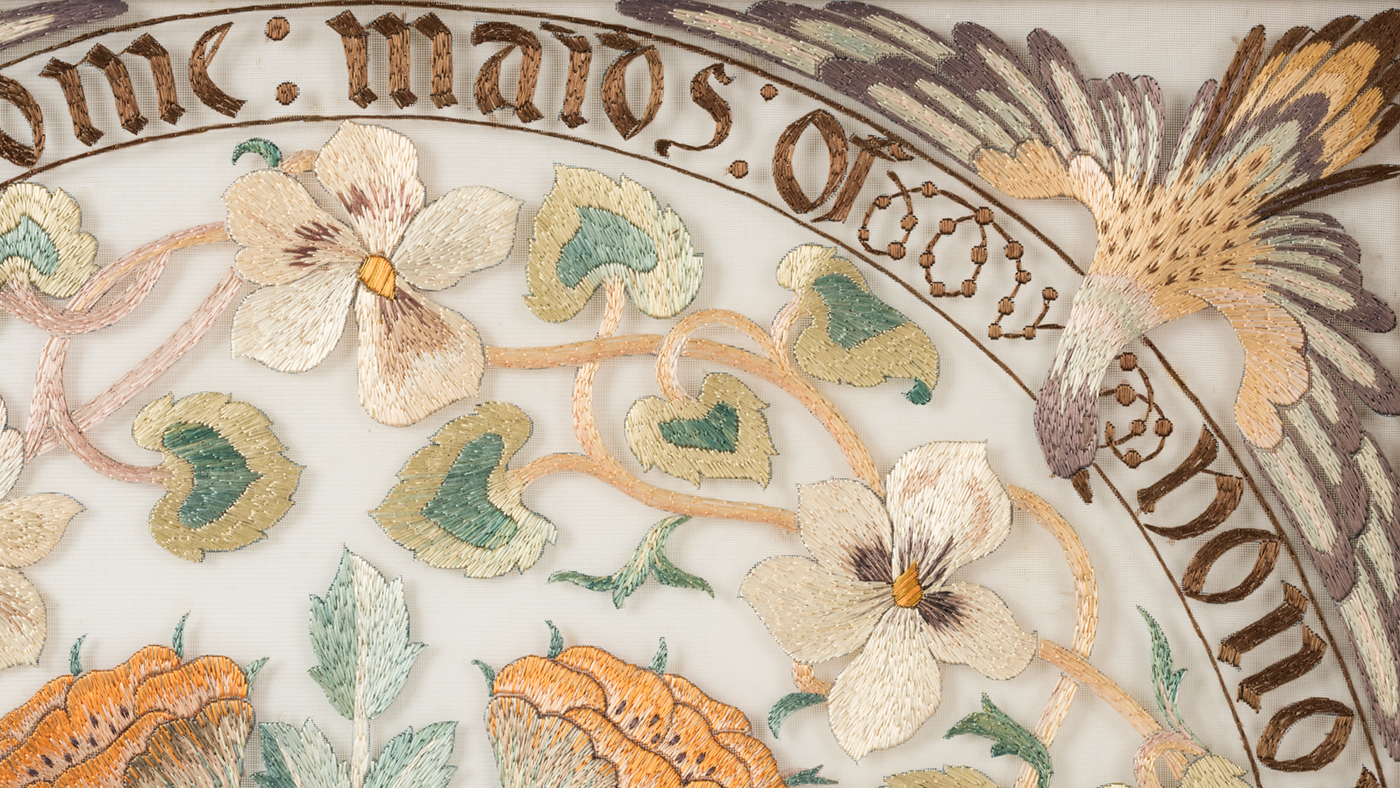 The daughter also rises: remembering the work of May Morris
The daughter also rises: remembering the work of May MorrisIn Depth A new exhibition at the William Morris Gallery focuses on his youngest child, one of the forgotten heroines of the Arts and Crafts movement
-
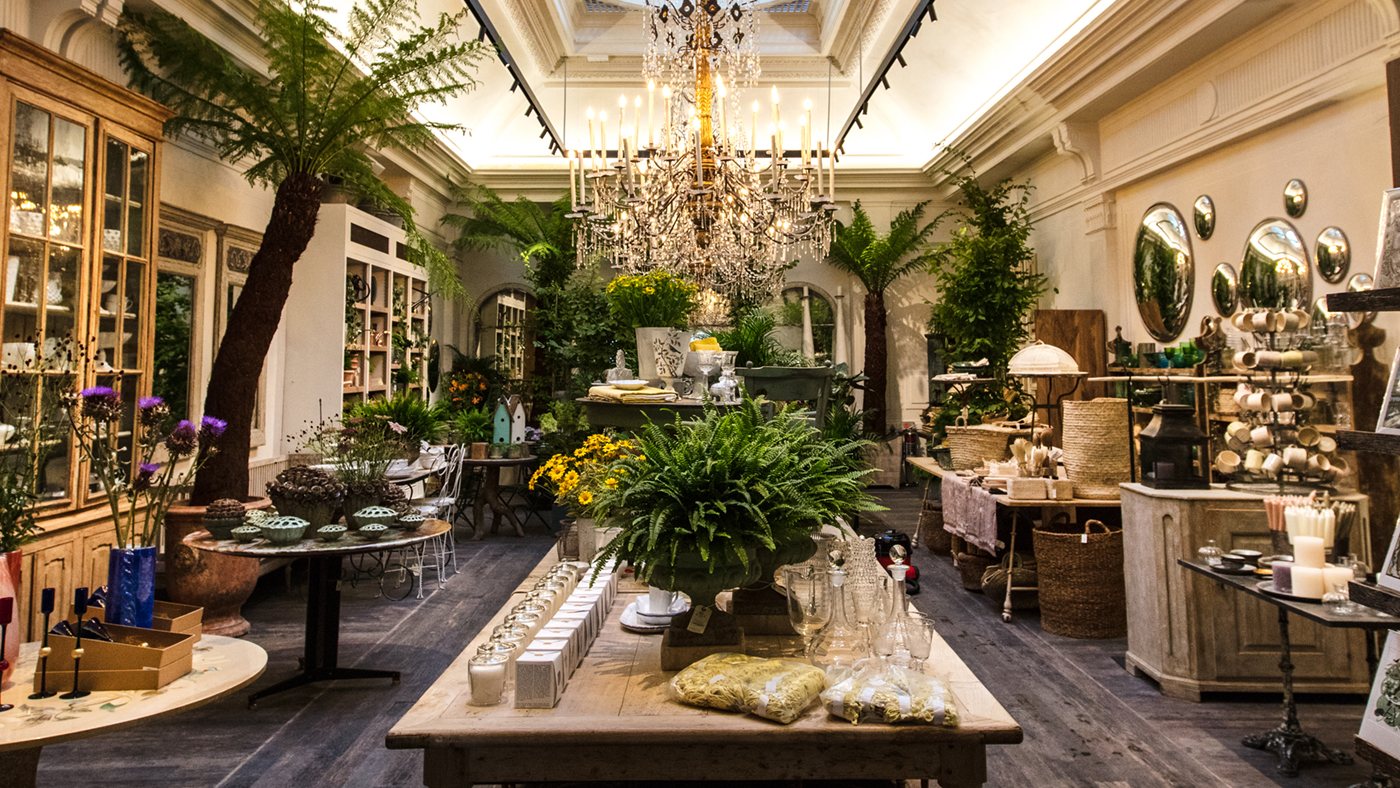 Petersham Nurseries comes to Covent Garden
Petersham Nurseries comes to Covent GardenIn Depth Managing director Lara Boglione on bringing a taste of the popular Richmond garden shop and cafe to central London
-
 Grain & Knot: A cut above
Grain & Knot: A cut aboveIn Depth Founder Sophie Sellu on leaving her office job to start her own business hand-carving wooden utensils
-
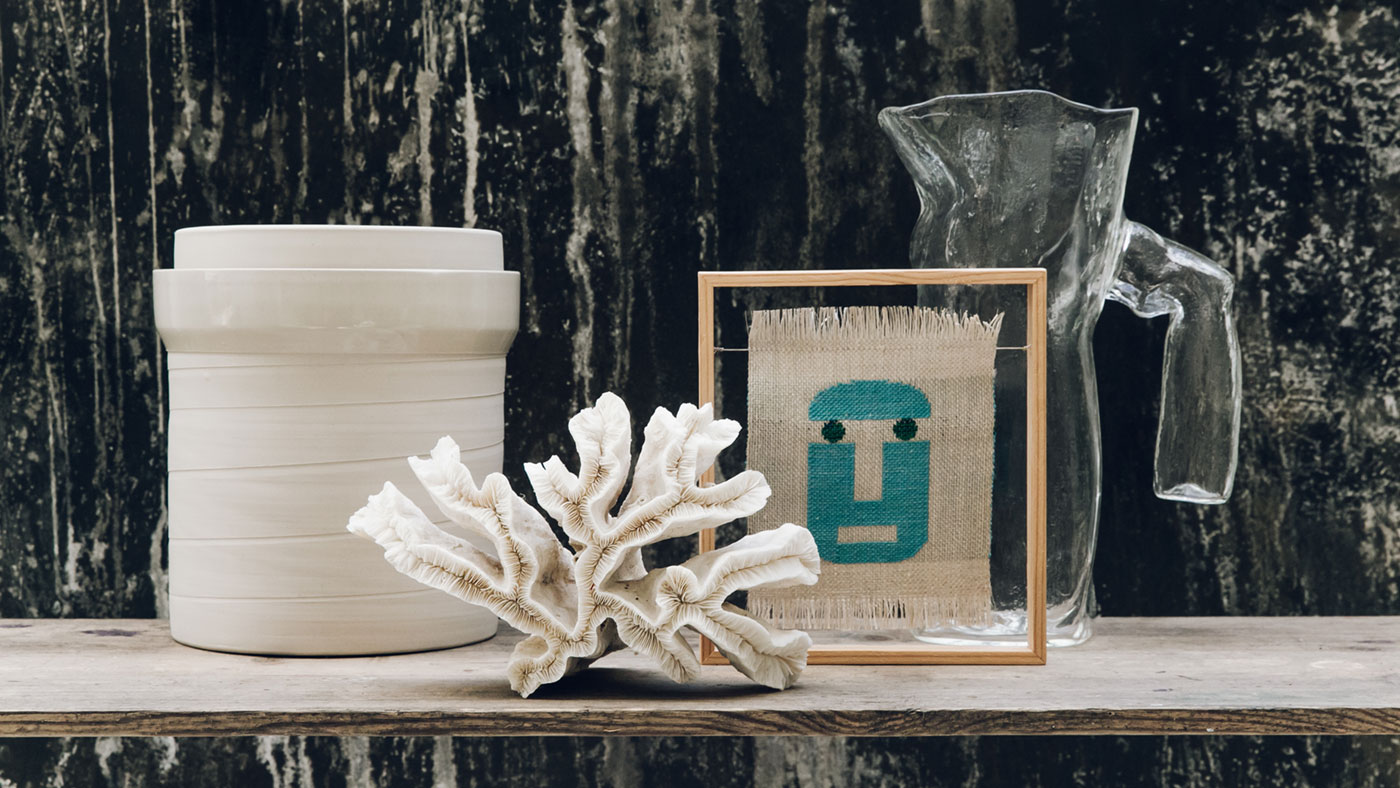 The New Craftsmen: Discover beautiful British crafts
The New Craftsmen: Discover beautiful British craftsIn Depth Co-founder Natalie Melton talks about the challenges facing makers today and the joy of handmade homeware
-
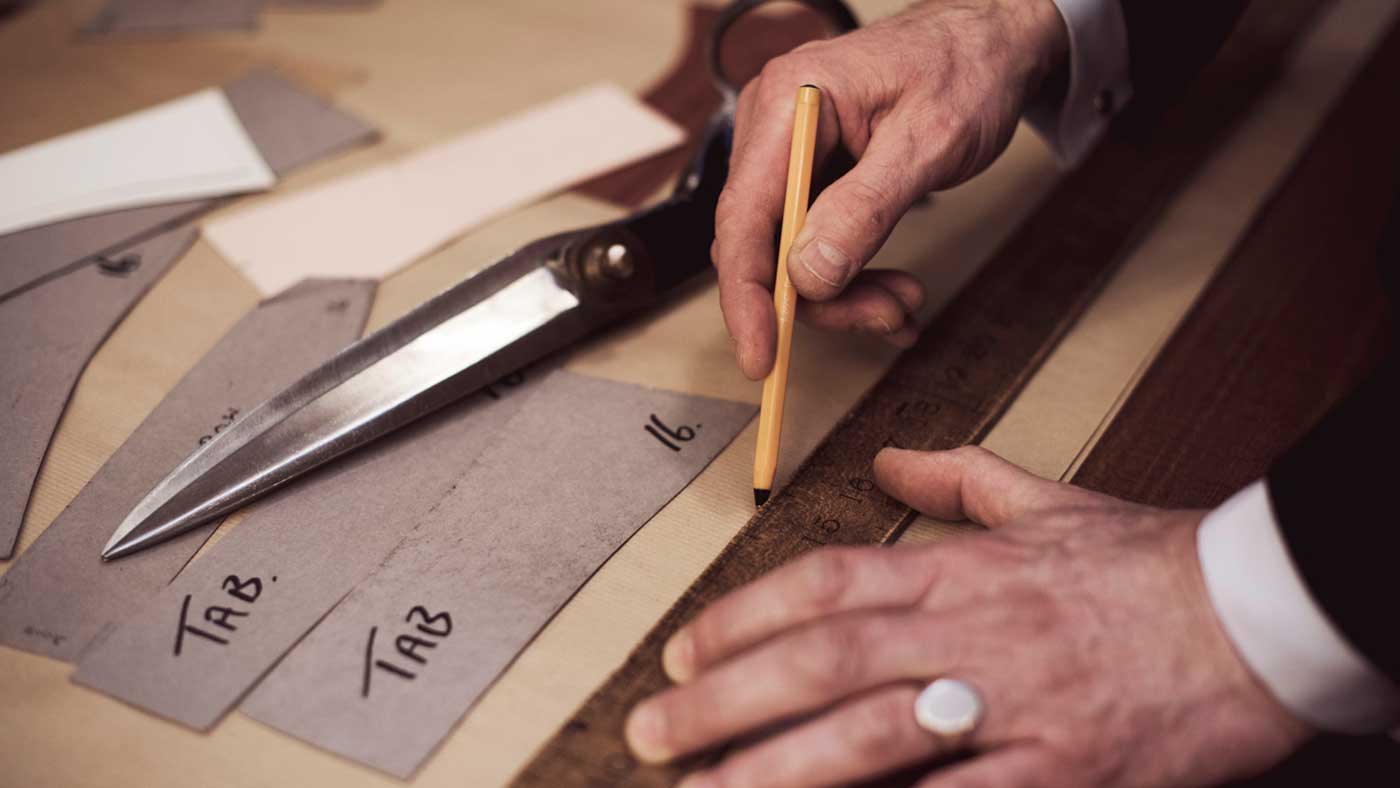 London Craft Week: Discover makers, designers and artists
London Craft Week: Discover makers, designers and artistsIn Depth Over 100 of the UK's top talents are opening their studios for tours and masterclasses for a behind-the-scenes glimpse at their work
-
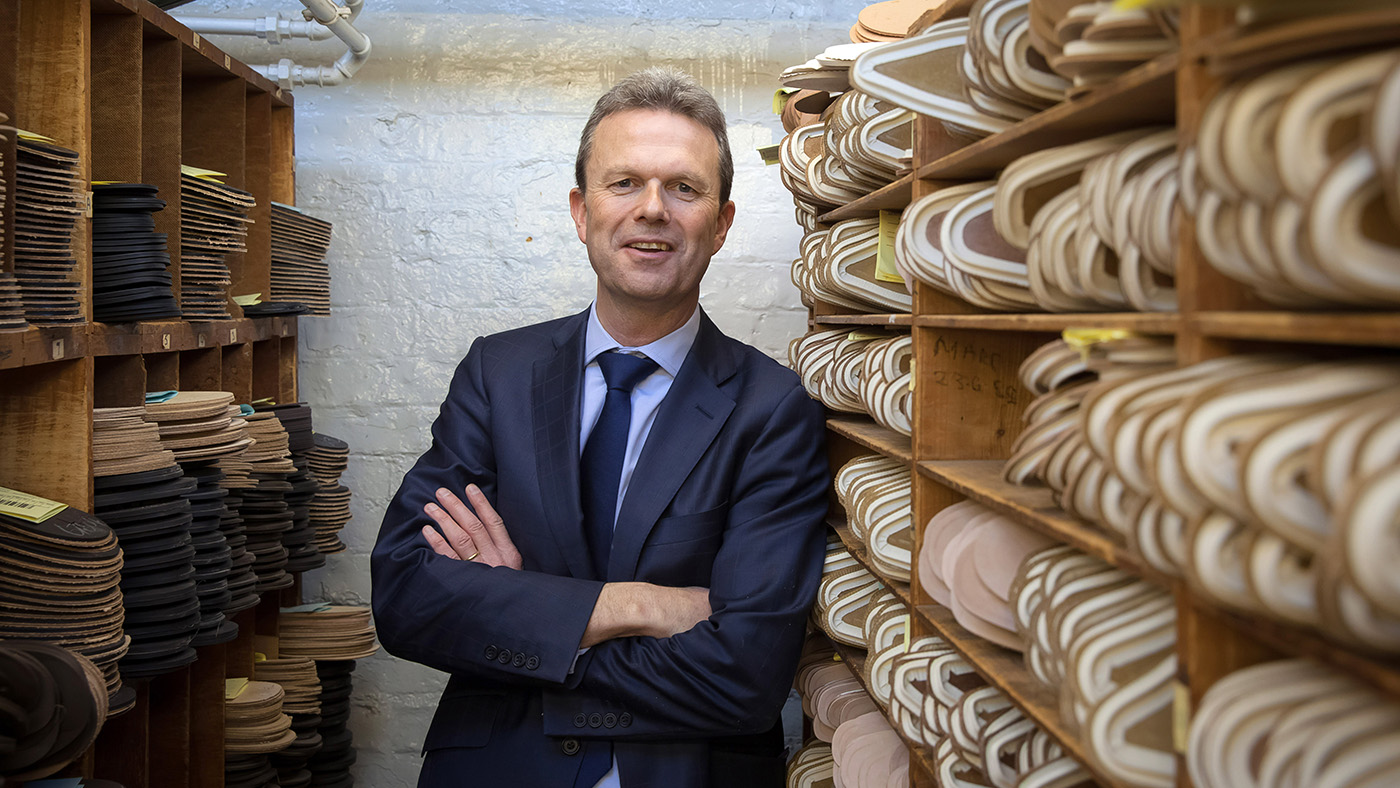 Cheaney & Sons: The changing business of brogues
Cheaney & Sons: The changing business of broguesIn Depth William Church of the Northampton-based shoemakers talks about the future of British-made brogues
-
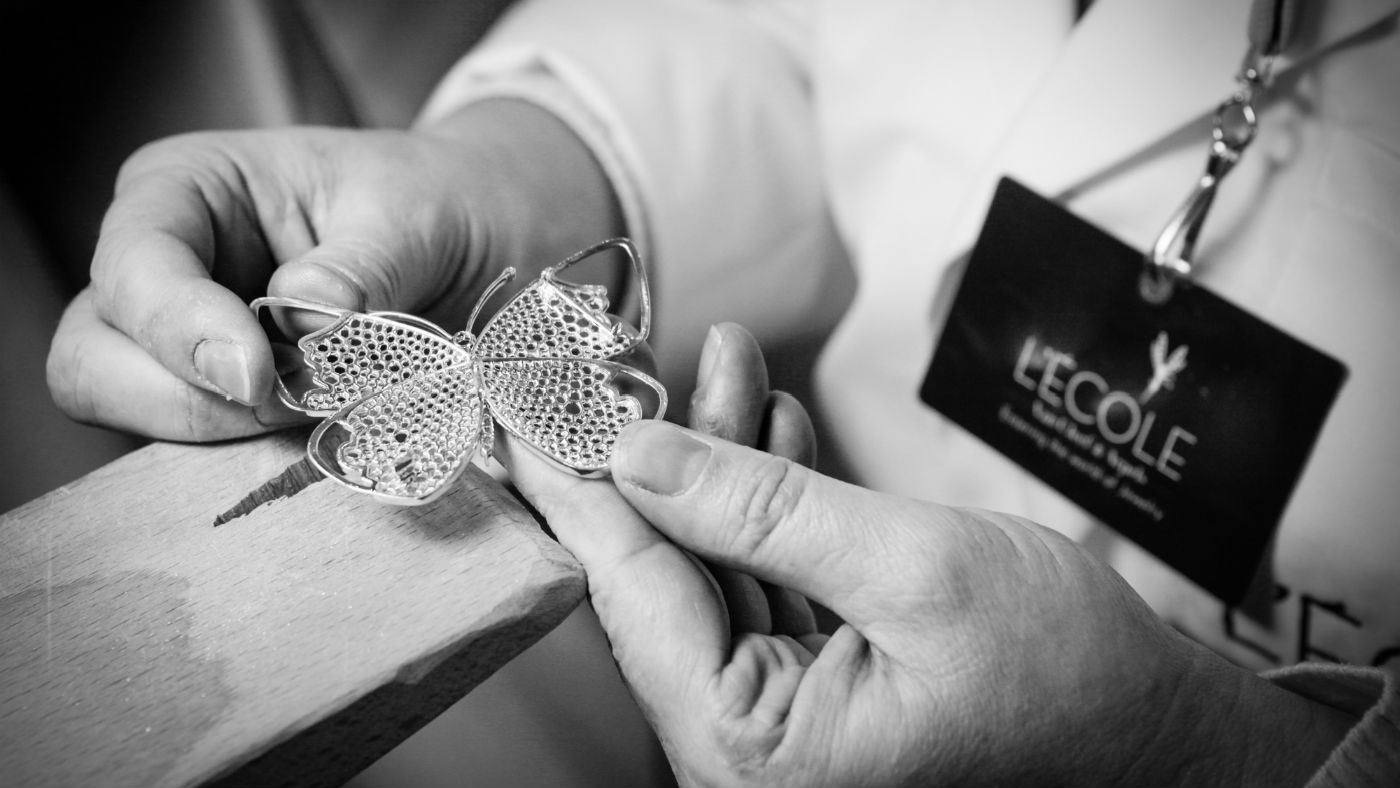 School of rock: Create objets d'art with a master craftsman
School of rock: Create objets d'art with a master craftsmanIn Depth Want to fashion your very own masterpiece? Ditch night school and enrol with an established atelier